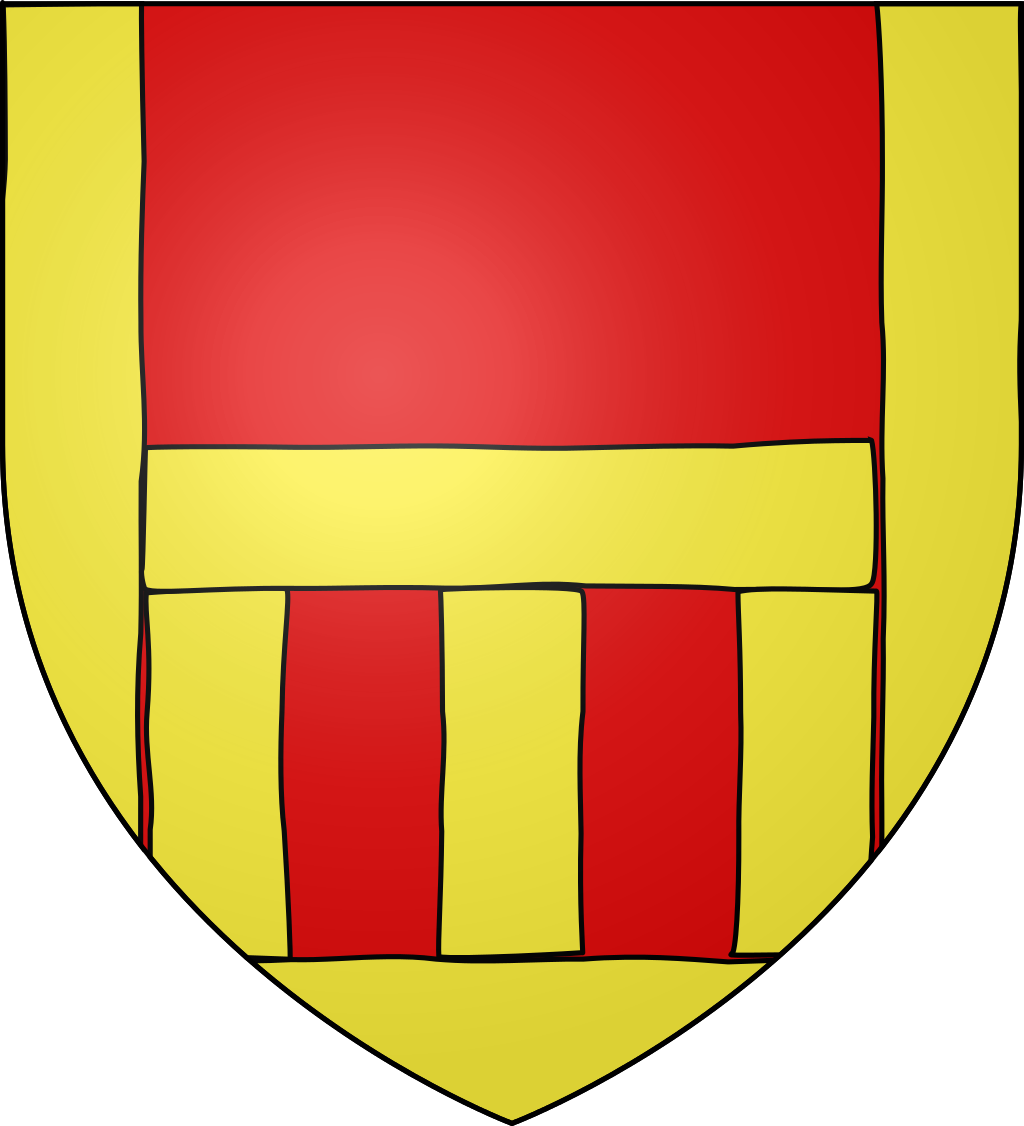Ix-Xagħra (pronounced: shara) is built on a hill to the central north-east of the island of Gozo. It lies just under four kilometres from Rabat, the town of the island, and is aptly described as the village of the goddess and the Madonna. Ix-Xagħra was one of the earliest inhabited areas of Gozo. In early modern documents, the plateau is referred to as Xagħret il-Għażżenin. In modern times, the people first settled on the hill’s highest point, aptly called tal-Qaċċa. This was Italianized to Caccia, the name by which ix-Xagħra is referred to in the majority of written documents until before the Second World War. This earliest sector of the village is now referred to as ta’ Sant’Anton, after the dedication of a late Medieval chapel dedicated to Saint Anthony the Abbot. In the spoken language, the place was commonly referred to as ix-Xagħra, literally, a rocky plateau covered with patches of red soil. The name is derived from the second sector or central area of the hill known as ix-Xagħret il-Għażżenin, the herdsmen’s, literally lazimen’s, plateau. Eventually the name Ix-Xagħra prevailed.





